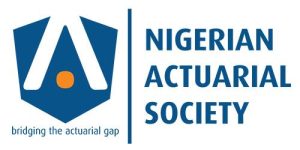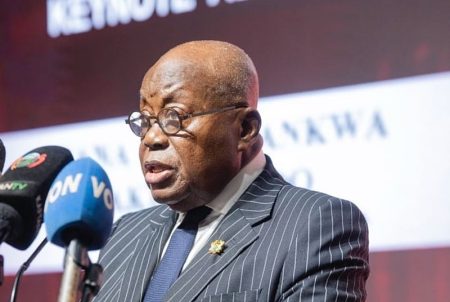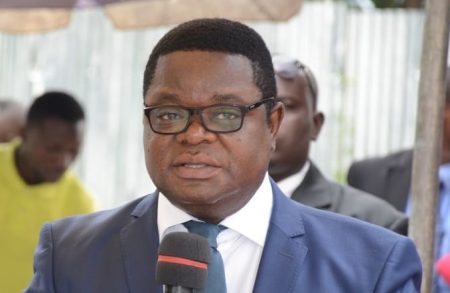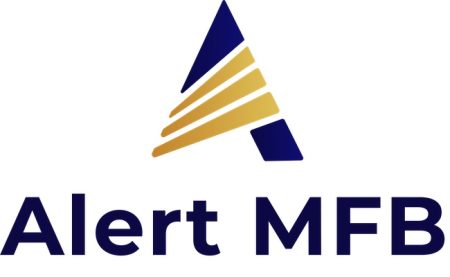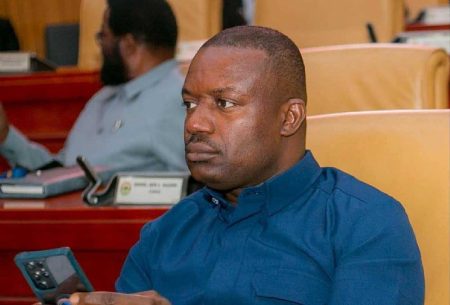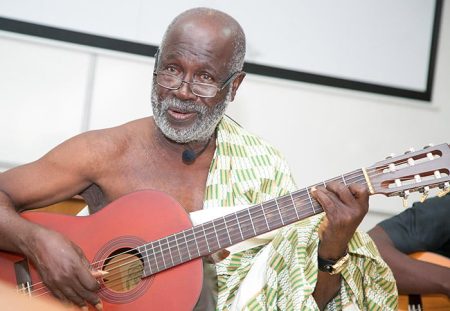Ghana’s journey towards economic stabilization and debt sustainability has entered a crucial phase with the imposition of a strict external borrowing cap for 2025. As a key structural benchmark under the International Monetary Fund (IMF) program, the $250 million limit on all forms of external borrowing, encompassing both commercial loans and other financing arrangements, signifies a critical step in reining in the nation’s debt burden and fostering fiscal discipline. This restriction, enshrined in a Memorandum of Understanding (MOU) with the Official Creditor Committee (OCC), underscores the collaborative nature of Ghana’s debt restructuring efforts and the IMF’s central role in monitoring adherence to agreed-upon targets. The MOU, endorsed by participating creditor nations, represents a significant milestone, paving the path for formal bilateral agreements that will operationalize and enforce the borrowing ceiling, ensuring that Ghana’s external debt accumulation remains within predetermined bounds. This move provides a crucial framework for managing Ghana’s debt profile and rebuilding investor confidence.
The imposition of the borrowing cap directly addresses the core issue that propelled Ghana to seek IMF assistance in 2022: unsustainable debt levels. The 2022 suspension of external debt servicing, a necessary but drastic measure, highlighted the precariousness of Ghana’s fiscal position. The $250 million cap is thus not an isolated measure but an integral component of a broader strategy aimed at comprehensively restructuring Ghana’s debt. This strategy includes the ongoing restructuring of the country’s Eurobonds, a complex process involving swapping $13.1 billion in existing Eurobonds for new notes with modified terms, a move aimed at alleviating the immediate pressure on Ghana’s debt servicing obligations and providing breathing room for economic recovery. The borrowing cap complements this effort by ensuring that any new external financing is carefully controlled and aligned with the overarching goal of debt sustainability.
The Ministry of Finance, tasked with navigating this challenging financial landscape, is actively engaging with bilateral creditors to prioritize funding for essential ongoing projects. This prioritization process is crucial given the constraints imposed by the borrowing cap. Government agencies, responding to the new fiscal realities, have been directed to exclude externally funded capital expenditure (CAPEX) from their 2025 budget proposals pending the Ministry’s finalization of the project priority list. This directive underscores the government’s commitment to aligning its spending plans with the stringent borrowing limits and focusing resources on critical development needs. The meticulous evaluation and selection of projects will play a pivotal role in maximizing the impact of limited external financing and ensuring that funds are allocated to initiatives that offer the greatest potential for economic growth and social development.
The borrowing cap presents a complex dilemma for the newly elected government, which campaigned on a platform of ambitious infrastructure development. Balancing these aspirations with the imperative of managing substantial restructured debt will require astute financial management and strategic prioritization. With the local bond market still in recovery mode following the domestic debt exchange, the government’s financing options remain constrained. Treasury bills, short-term government debt instruments, have become the primary avenue for domestic borrowing. However, the persistently high interest rates associated with these bills exert significant pressure on public finances, adding to the complexity of balancing the budget and funding essential public services.
The interplay between the borrowing cap, the ongoing debt restructuring, and the government’s development agenda underscores the intricate challenges facing Ghana’s economy. The limited access to external financing necessitates a careful recalibration of spending priorities and a renewed focus on maximizing the efficiency of resource allocation. The government’s ability to navigate this intricate landscape will depend on its capacity to strike a delicate balance between its ambitious development goals and the imperative of fiscal prudence.
In conclusion, the $250 million external borrowing cap for 2025 represents a pivotal moment in Ghana’s economic trajectory. This measure, a central component of the IMF program and the broader debt restructuring strategy, serves as a critical mechanism for controlling debt accumulation and fostering fiscal stability. While presenting challenges to the government’s development agenda, the cap necessitates a strategic reorientation towards prioritizing essential projects and maximizing the impact of limited resources. The success of this approach will depend on the government’s ability to effectively manage its finances, rebuild investor confidence, and foster sustainable economic growth within the constraints of the new fiscal realities. The path ahead requires careful navigation and a commitment to fiscal responsibility, crucial elements in restoring Ghana’s economic health and paving the way for long-term prosperity.




